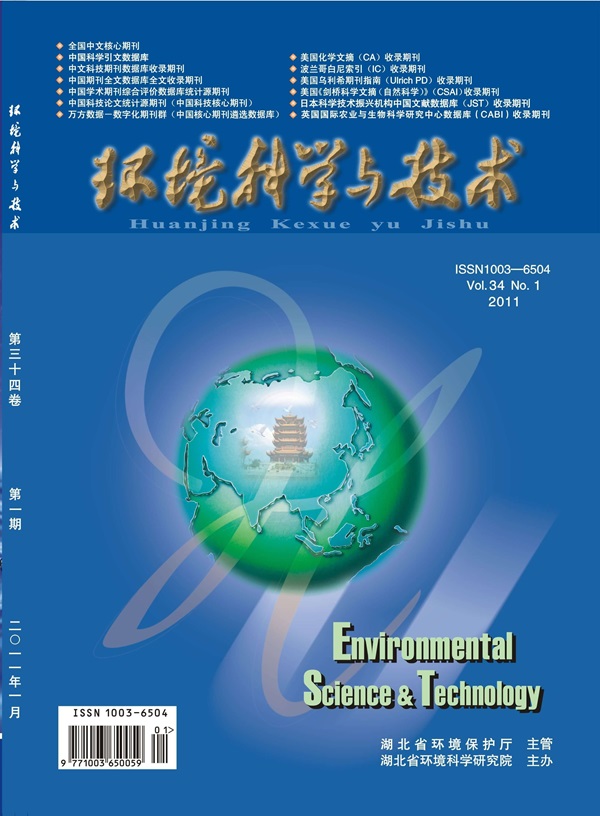Microplastics Trigger Soil Dissolved Organic Carbon and Nutrient Turnover by Strengthening Microbial Network Connectivity and Cross-Trophic Interactions
IF 11.3
1区 环境科学与生态学
Q1 ENGINEERING, ENVIRONMENTAL
引用次数: 0
Abstract
Increasing microplastic (MP) inputs in agricultural soils have gained global attention for their ecological effects, especially on soil organic carbon (SOC) and nutrient turnover. However, the microbial mechanism underlying MP-induced SOC and nutrient dynamics remains poorly understood. Here, we investigated the impacts of two common MPs (polyethylene and polyvinyl chloride) on microbial hierarchical groups (bacteria, fungi, and protists) and the cascading effects on dissolved organic carbon (DOC) and nutrient dynamics in two typical agricultural soils (Mollisol and Ultisol). Our results showed that MP inputs consistently reduced NO3––N concentration but increased the content of DOC and specific dissolved organic matter (DOM) components. Despite divergent responses of microbial hierarchical groups to MPs, MP inputs consistently strengthened the connectivity and cross-trophic associations of microbial multitrophic networks. Protistan nodes belonging to Cercozoa, Ciliophora, and Chlorophyta played essential roles in maintaining network connectivity in MP-treated soils. The enhanced network connectivity and cross-trophic associations primarily explained variations in soil DOC and nutrient turnover. These findings collectively indicate that MP inputs trigger DOC and nutrient turnover by enhancing the potential multitrophic interactions and species connectivity within soil micro-food webs. Our study provides novel insights into the ecological consequences of MP pollution on microbial hierarchical interactions and microbially mediated biogeochemical cycling.

微塑料通过加强微生物网络连通性和跨营养相互作用触发土壤溶解有机碳和养分周转
增加农业土壤微塑料(MP)的投入对土壤有机碳(SOC)和养分周转的影响已引起全球关注。然而,mp诱导的有机碳和营养动态背后的微生物机制仍然知之甚少。本文研究了两种常见MPs(聚乙烯和聚氯乙烯)对两种典型农业土壤(Mollisol和Ultisol)微生物等级群(细菌、真菌和原生生物)的影响,以及对溶解有机碳(DOC)和养分动态的级联效应。结果表明,MP持续降低NO3—N浓度,但增加了DOC和特定溶解有机物(DOM)组分的含量。尽管微生物等级群体对MPs的反应不同,但MP输入始终加强了微生物多营养网络的连通性和跨营养关联。在mp处理的土壤中,毛藻、纤毛藻和绿藻的原生植物节点在维持网络连通性方面发挥了重要作用。网络连通性增强和跨营养关联是土壤DOC和养分周转变化的主要原因。这些结果共同表明,MP输入通过增强土壤微食物网内潜在的多营养相互作用和物种连通性来触发DOC和养分转换。我们的研究为MP污染对微生物等级相互作用和微生物介导的生物地球化学循环的生态后果提供了新的见解。
本文章由计算机程序翻译,如有差异,请以英文原文为准。
求助全文
约1分钟内获得全文
求助全文
来源期刊

环境科学与技术
环境科学-工程:环境
CiteScore
17.50
自引率
9.60%
发文量
12359
审稿时长
2.8 months
期刊介绍:
Environmental Science & Technology (ES&T) is a co-sponsored academic and technical magazine by the Hubei Provincial Environmental Protection Bureau and the Hubei Provincial Academy of Environmental Sciences.
Environmental Science & Technology (ES&T) holds the status of Chinese core journals, scientific papers source journals of China, Chinese Science Citation Database source journals, and Chinese Academic Journal Comprehensive Evaluation Database source journals. This publication focuses on the academic field of environmental protection, featuring articles related to environmental protection and technical advancements.
 求助内容:
求助内容: 应助结果提醒方式:
应助结果提醒方式:


